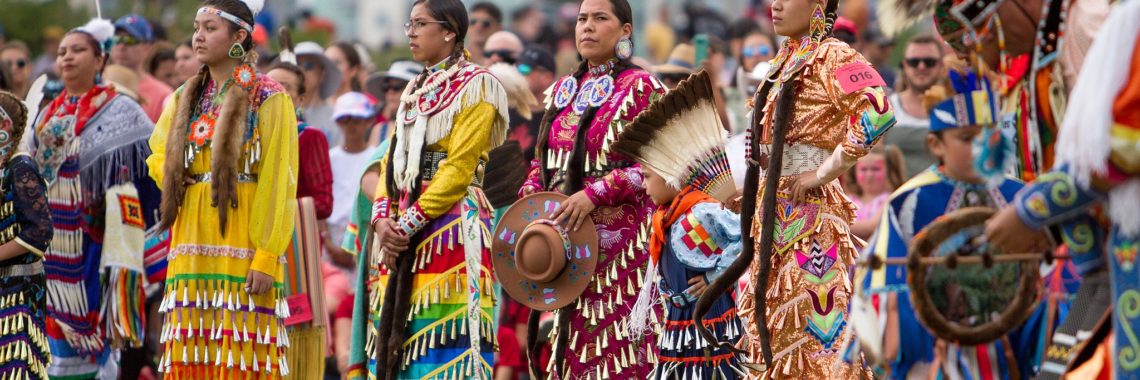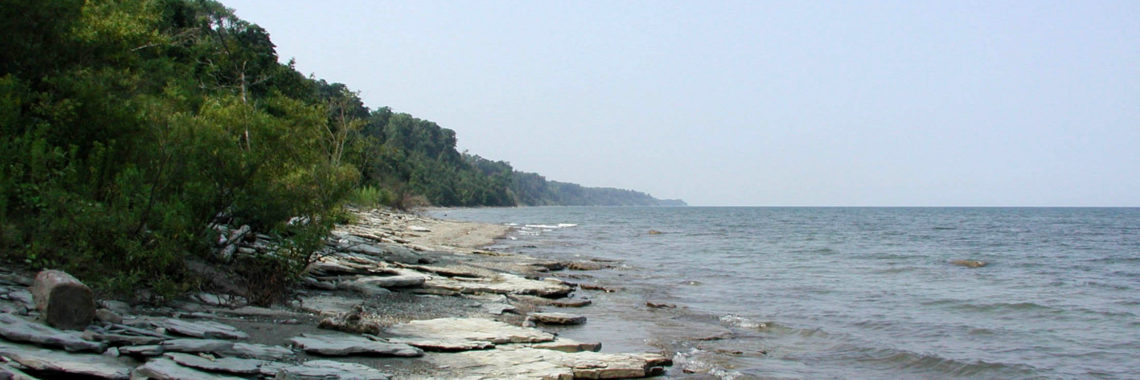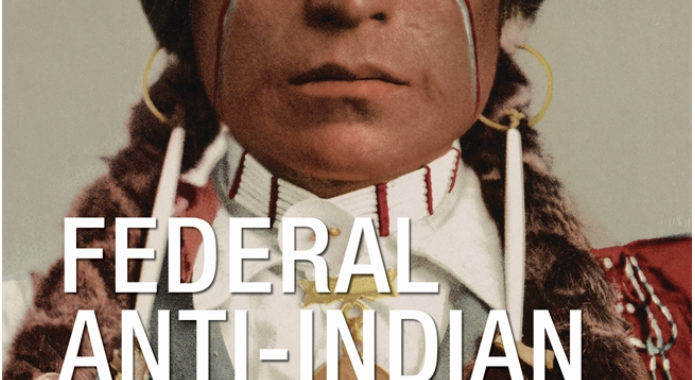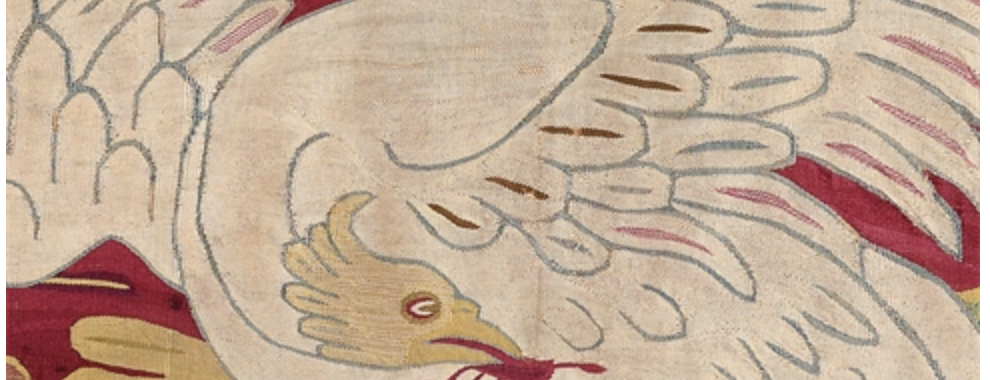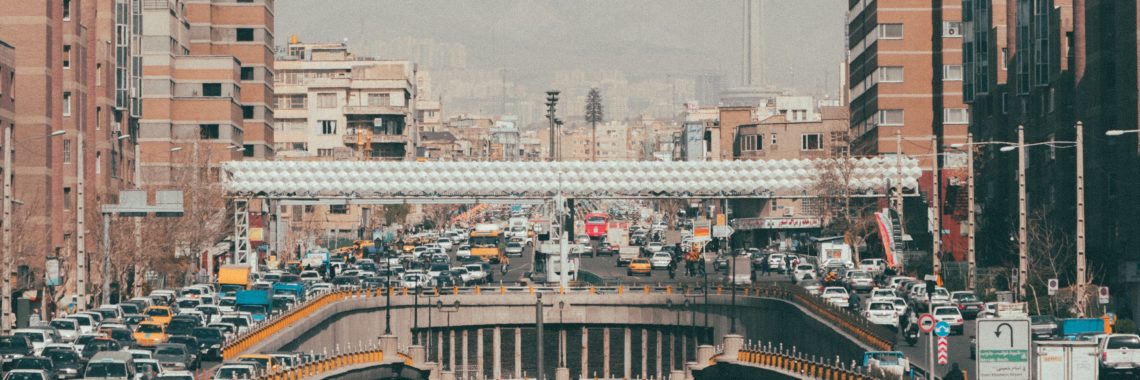“However, Extravagant The Pretensions Of Johnson V. M’Intosh” by Betty Lyons and Adam DJ Brett
The George Washington Belt, the Two Row Wampum, and the Hiawatha Belt. The Canandaigua, Two Row, and Haudenosaunee Confederacy Wampum Belts. Image by Lindsay Speer, 2008. This article is part of our “200 Years of Johnson v. M’Intosh: Law, Religion, and Native American Lands” series.If you’d like to check out other articles in this series, click here. “Democracy…




